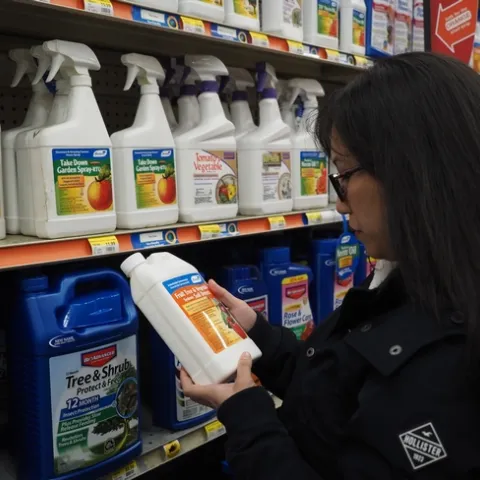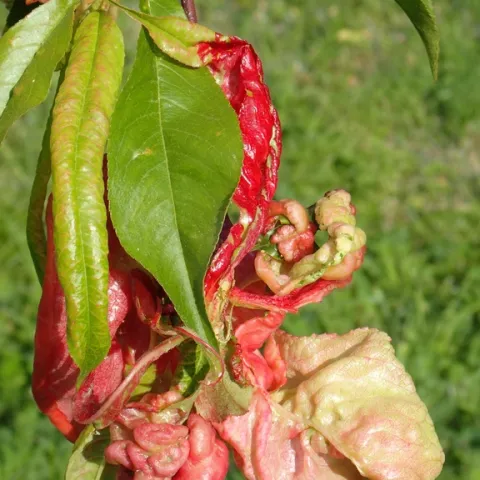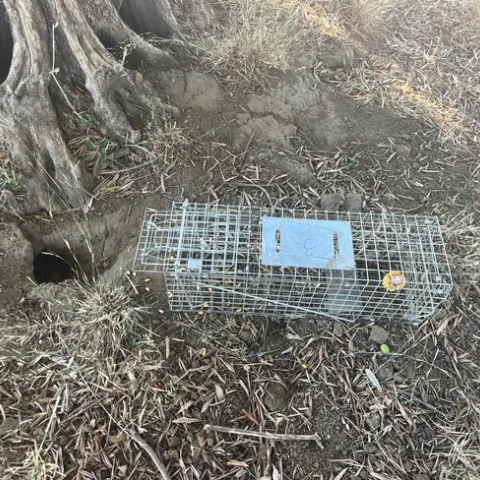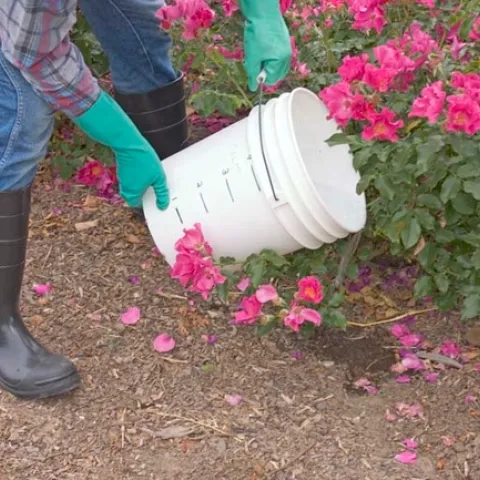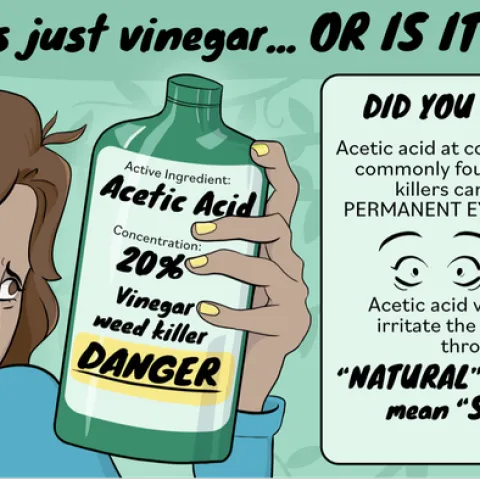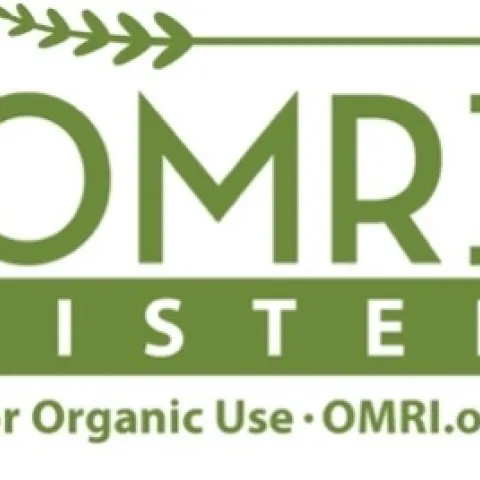Pesticide Management
Managing California Ground Squirrels in Urban Environments
November 20, 2024
By Niamh M Quinn, Roger A Baldwin, Carolyn Whitesell
Neonicotinoid Pesticides Off the Shelf in January 2025
November 5, 2024
By Lauren Fordyce
Urban Pesticides, Fertilizers, and Water Quality
July 14, 2024
By Belinda Messenger-Sikes
Organic, Natural, and Less Toxic: What’s the Difference?
July 11, 2024
By Lauren Fordyce, Belinda Messenger-Sikes, Karey Windbiel-Rojas


